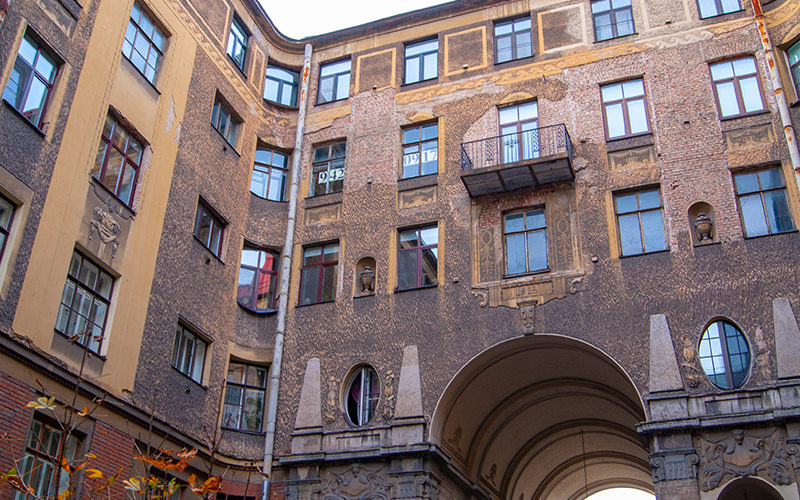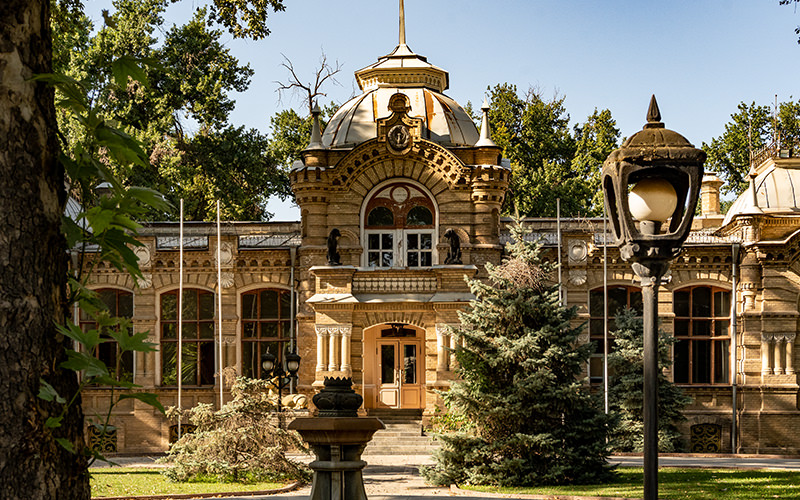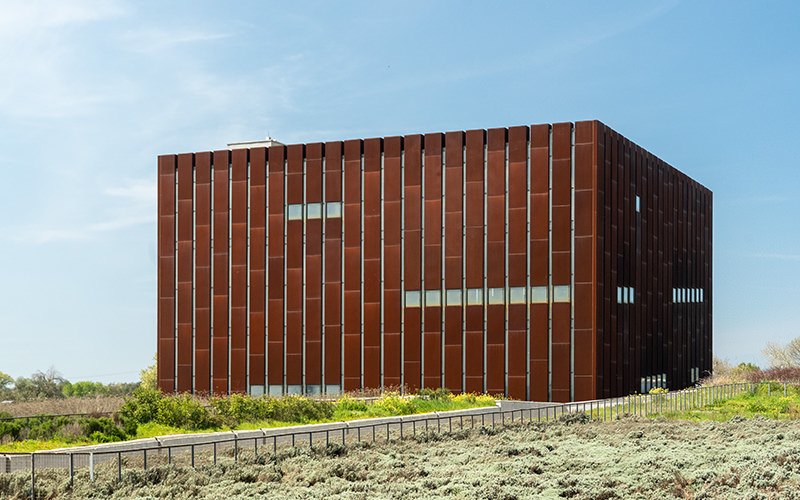Hi! Let's continue our journey to the ruins of the legendary city of Troy, which is known to many of us from our school textbooks. As a reminder, in the previous article, I wrote about how to get to the city of Çanakkale, near which this huge open-air museum is located. Today, let's recall the history of these world-famous places.
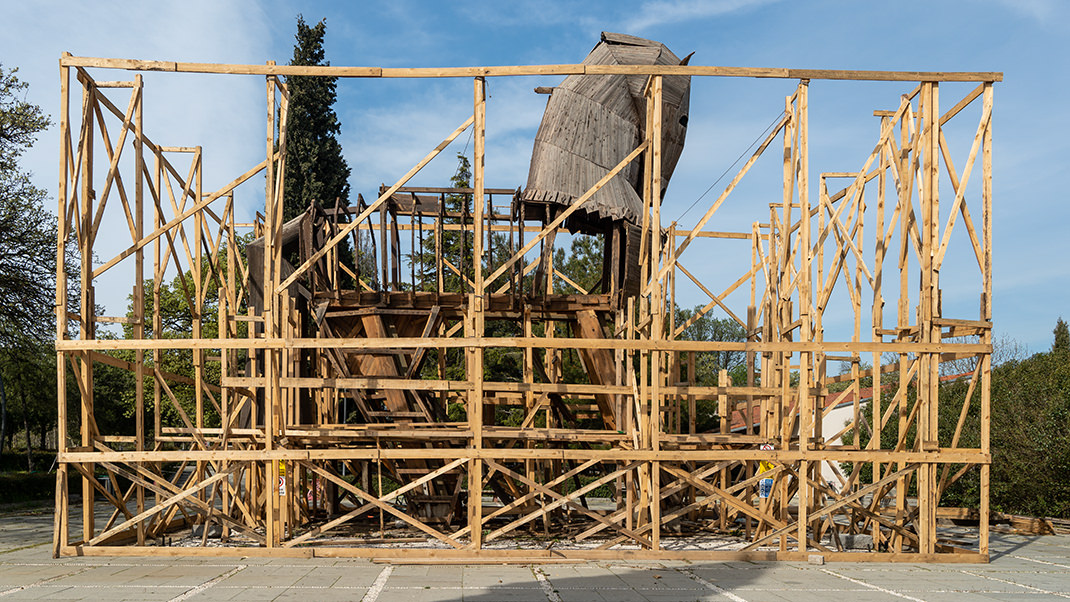
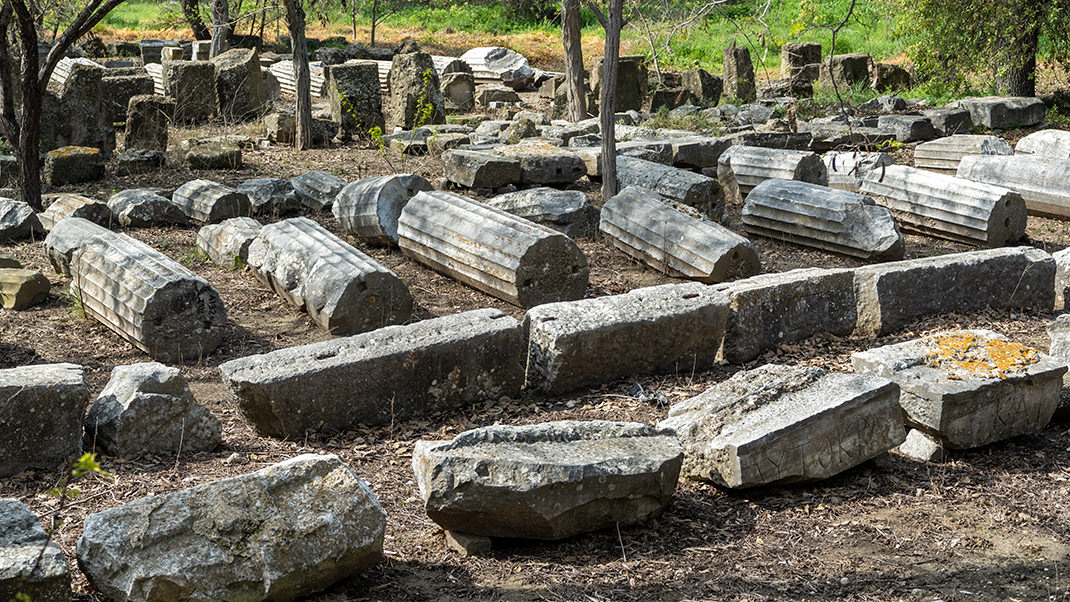
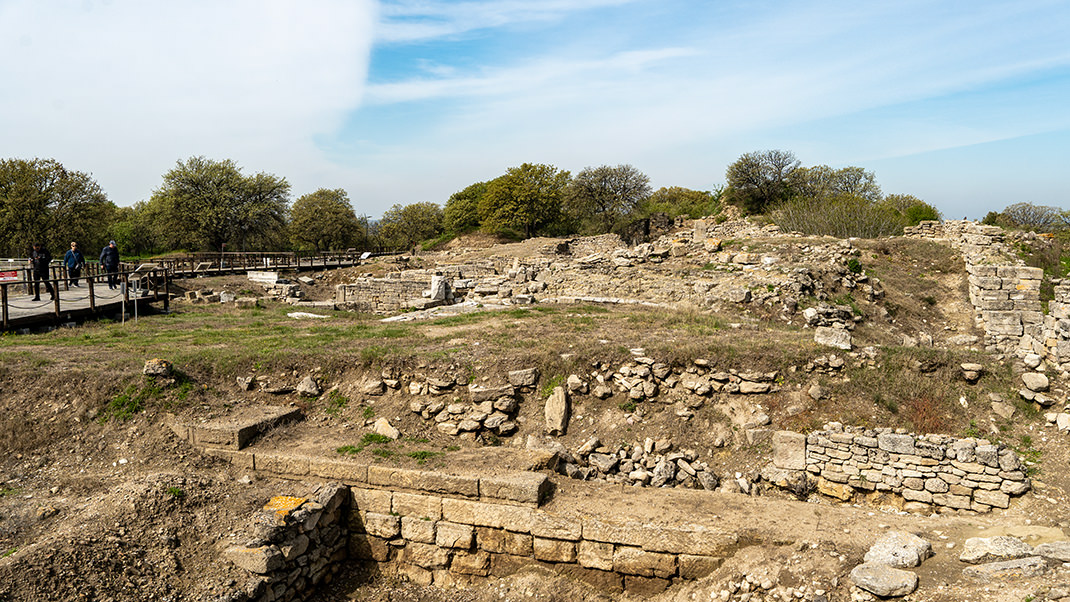
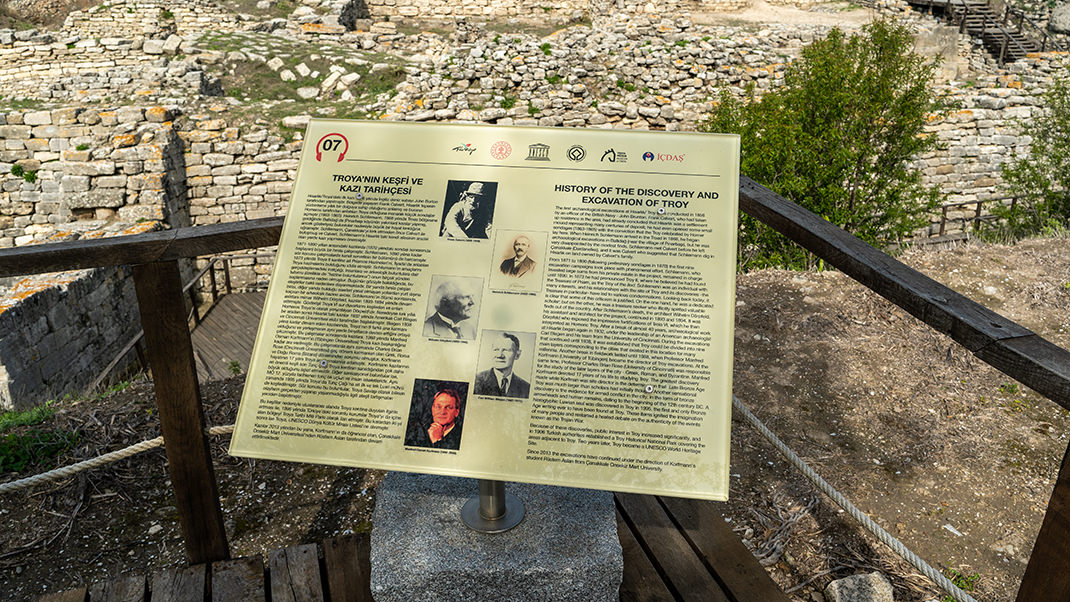
Troy. A bit of history
The ruins of ancient Troy are located in western Turkey, not far from the exit of the Dardanelles to the Aegean Sea. It is believed that the earliest settlement appeared here in 3000–2500 BCE. Over its long history, the city has been repeatedly destroyed and rebuilt.
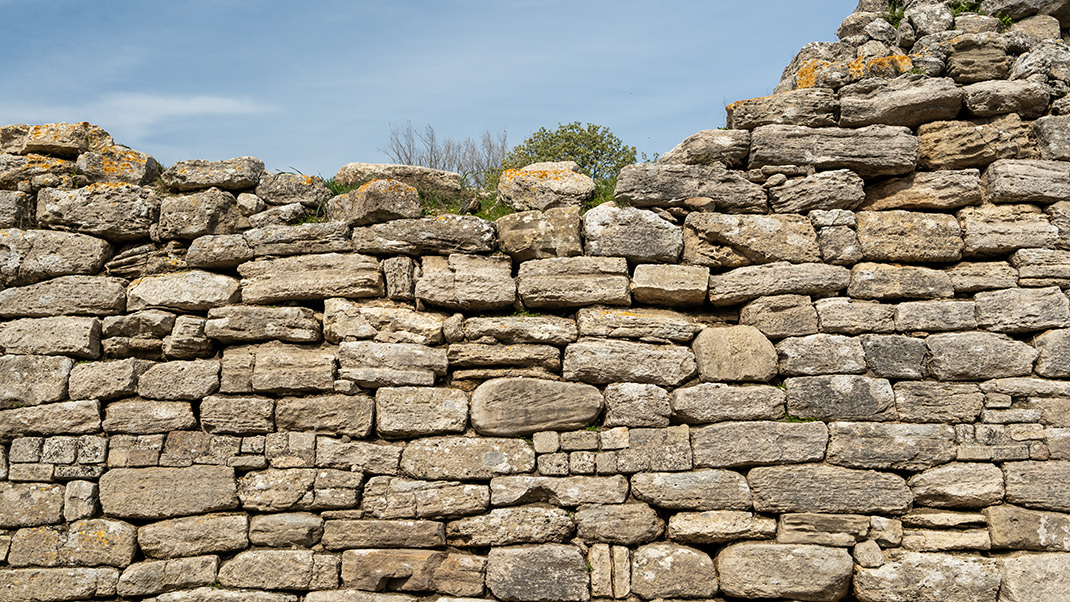
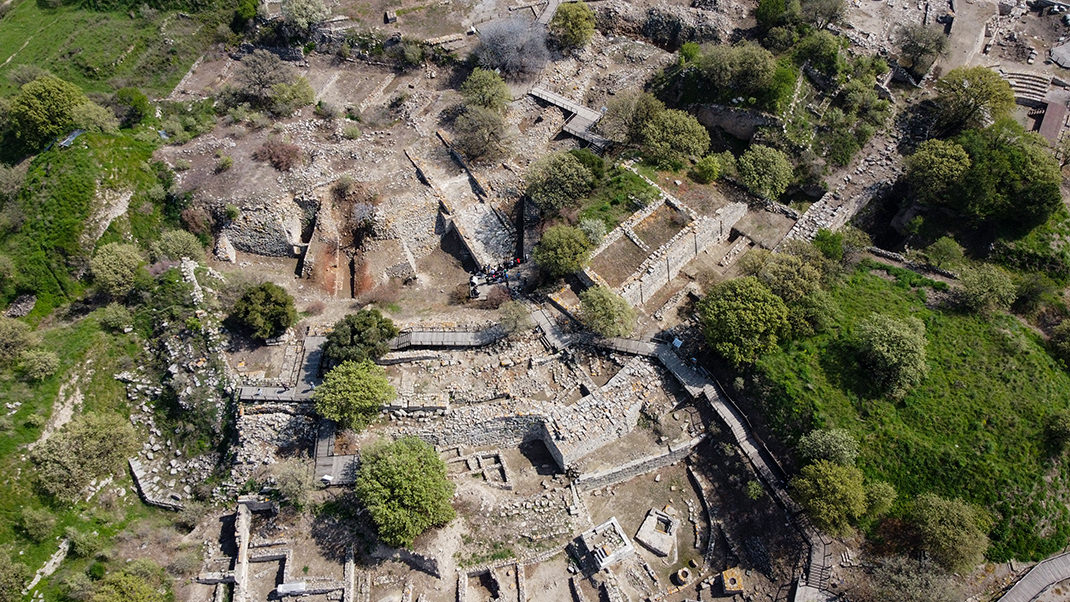
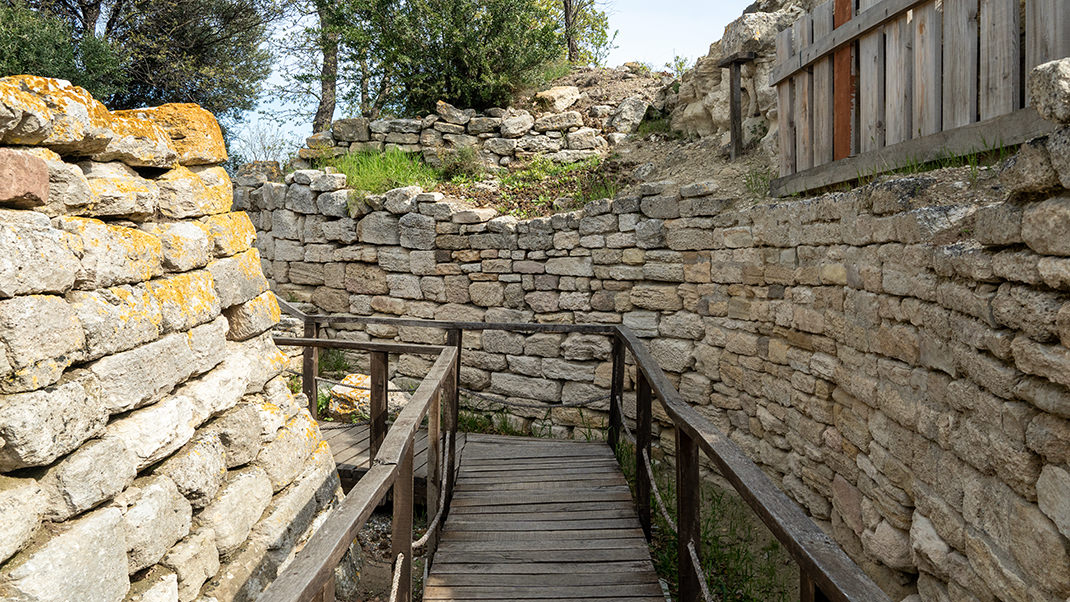
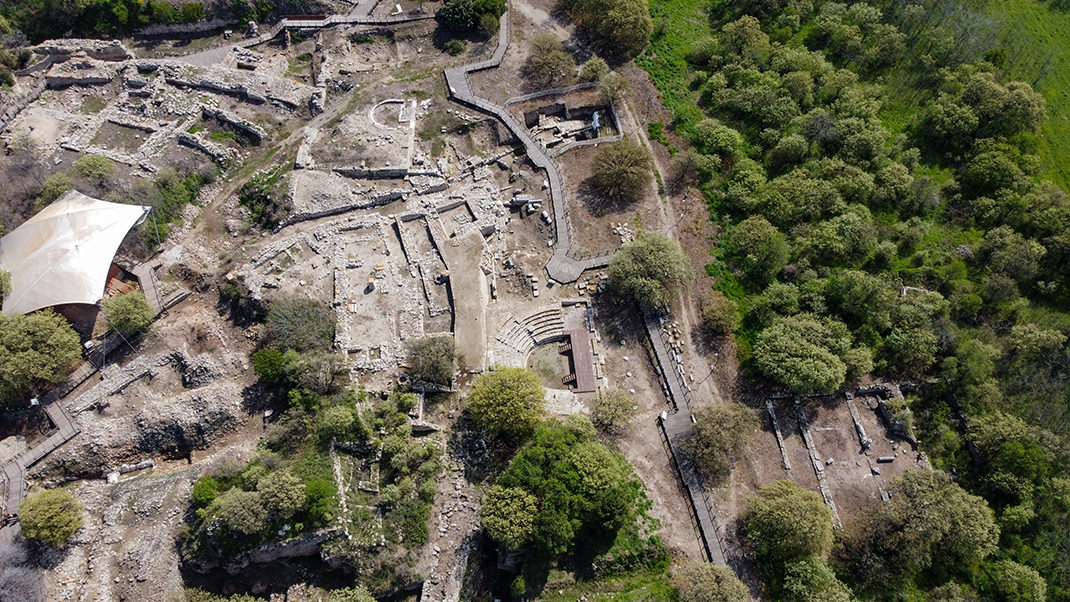
Different periods of the ancient city's life are denoted by numbers. For example, the first settlement with a diameter of 100 meters is called Troy I, the ruins of the Greek city of Ilion, which existed here from 700 to 85 BCE, are called Troy VIII, and the last Byzantine settlement of the 12th-13th centuries is referred to as Troy X.
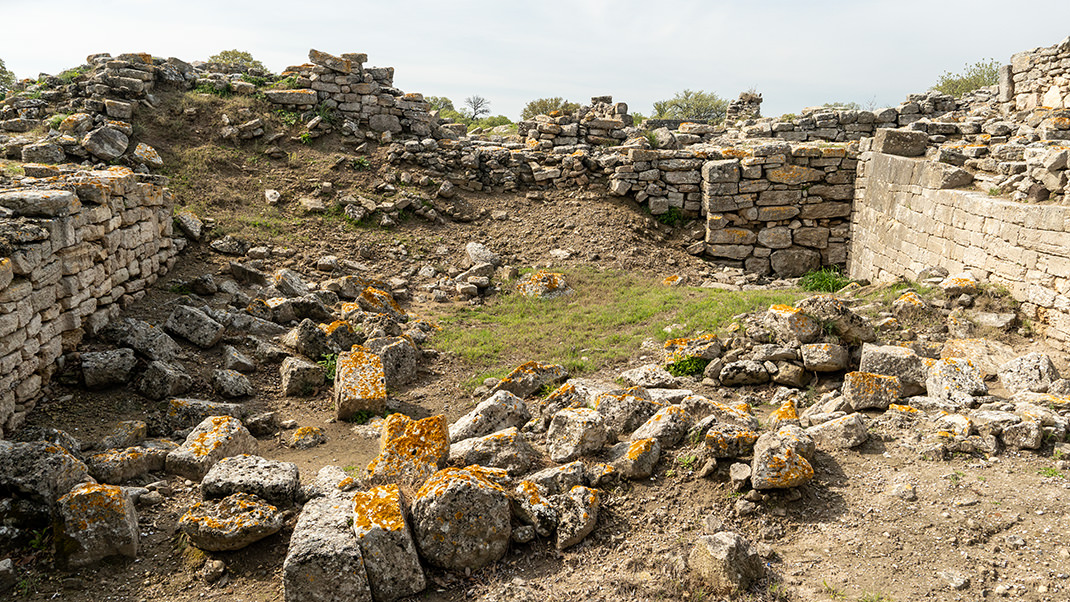
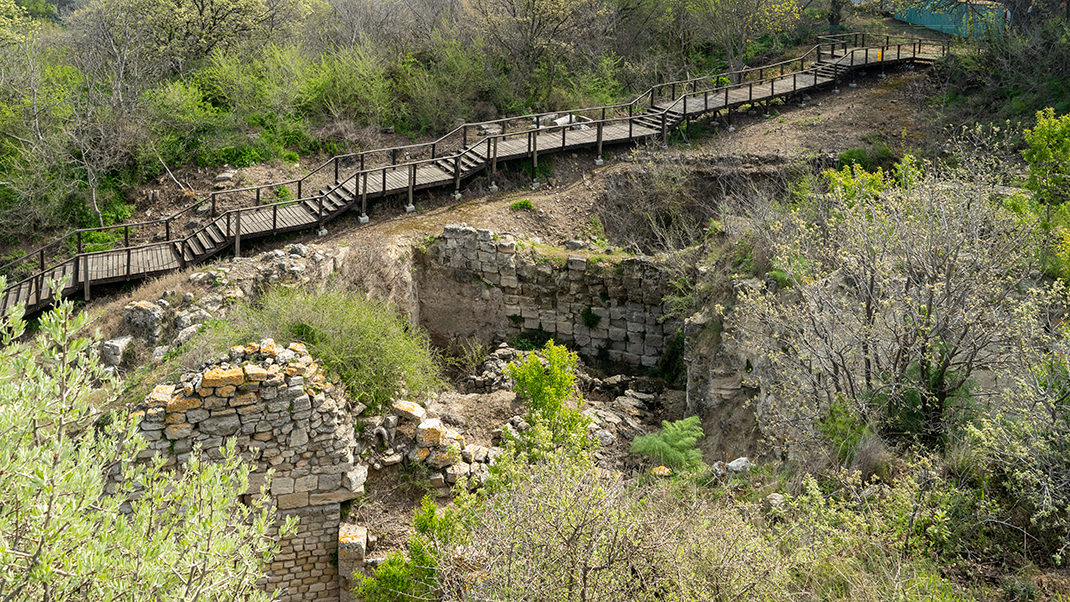
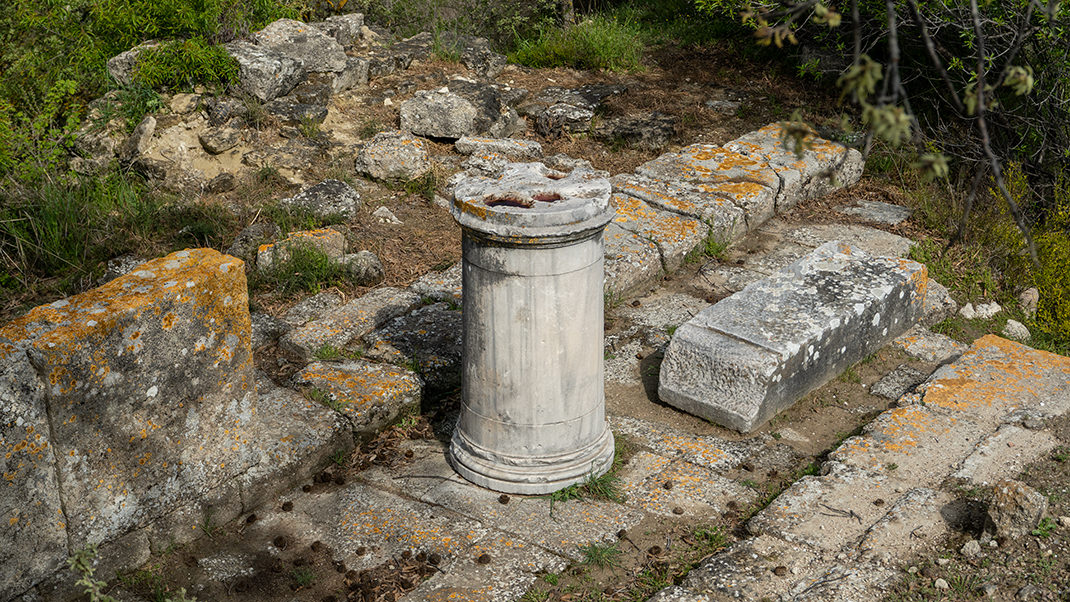

In my opinion, the most famous story associated with Troy is the myth of the Trojan Horse. According to legend, this huge figure helped conquer the ancient city during the Trojan War between the Achaean kings and the Trojan kingdom. It is believed that the wooden structure, inside of which Achaean warriors hid, was created by the master Epeius. The Achaeans themselves left their positions and sailed into the sea, while the Trojan Horse was introduced into Troy as a gift from Athena. At night, the warriors emerged from their hiding place and opened the city gates for their allies.
Today, two huge figures, one of which stands right at the entrance to the museum's territory, and the other is installed in the center of Çanakkale, serve as a reminder of the legend of the horse. Of course, these are only free reproductions of the Trojan Horse from ancient myths, they have no relation to historical objects. During my visit here, the horse at the entrance to the territory was apparently under restoration: visitors could only see its head and construction scaffolding.
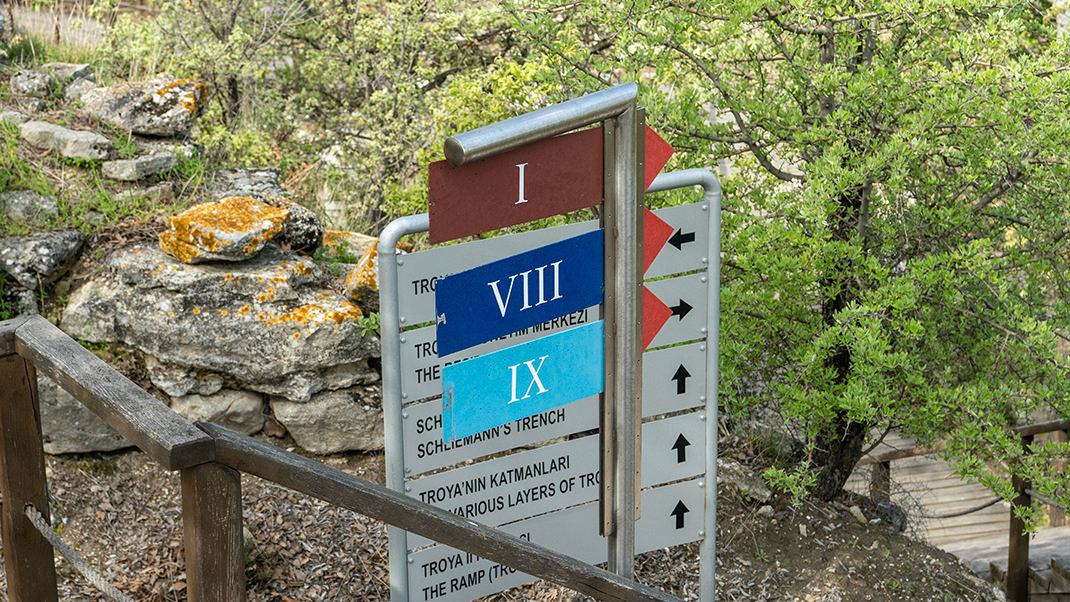
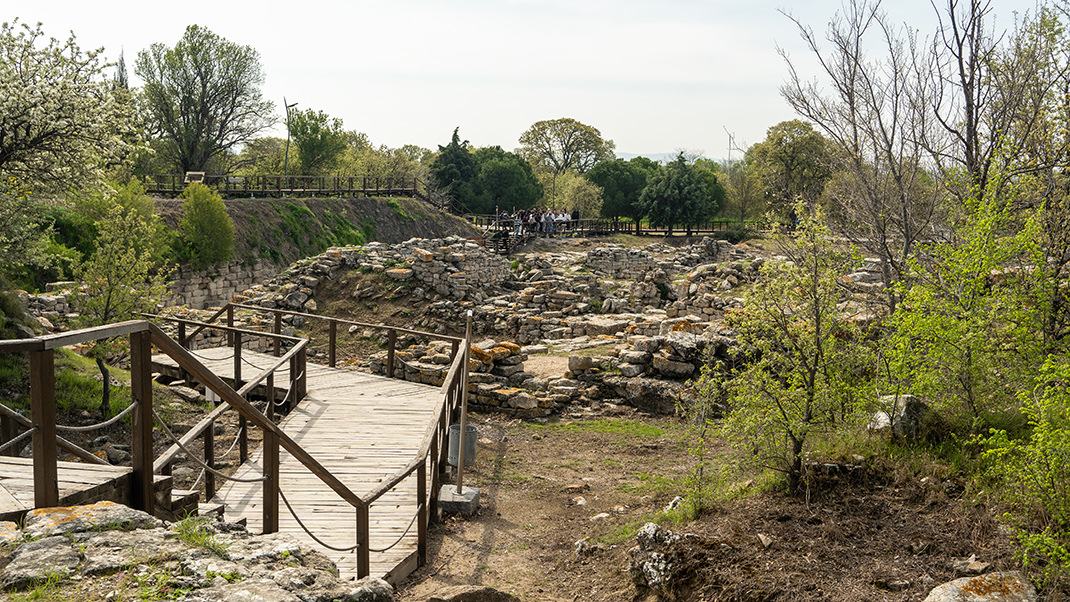
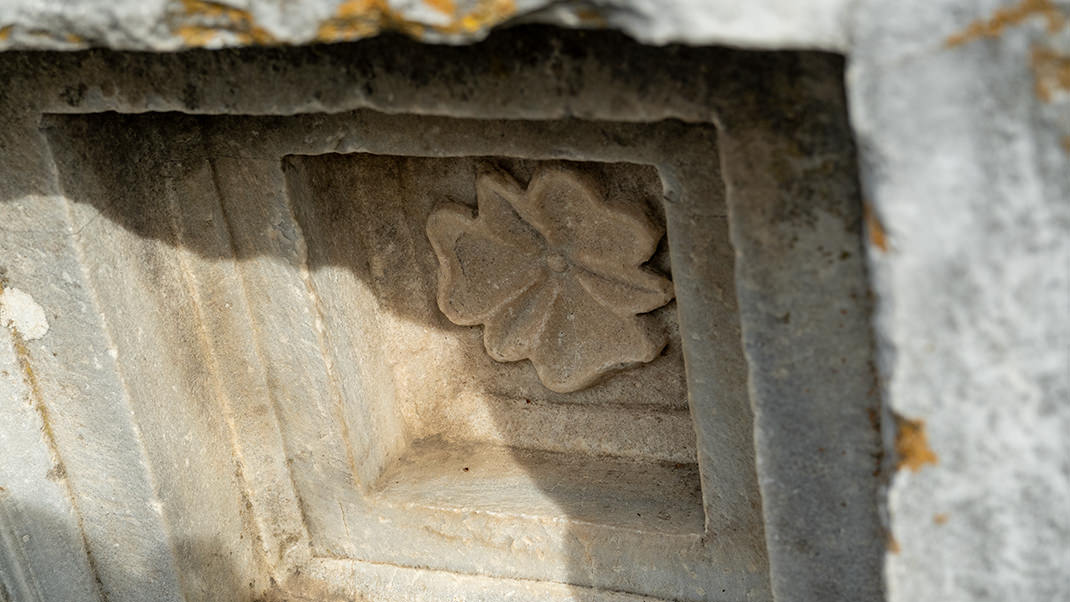
The location of the ruins of ancient Troy was only determined in the second half of the 19th century. The legendary city was discovered by the German Heinrich Schliemann.
Excavations of Troy began in 1871. As I mentioned earlier, several cities were located here at different times, and the height of the cultural layer on the territory of the ancient ruins reaches 16 meters. Archaeological work continues here to this day.
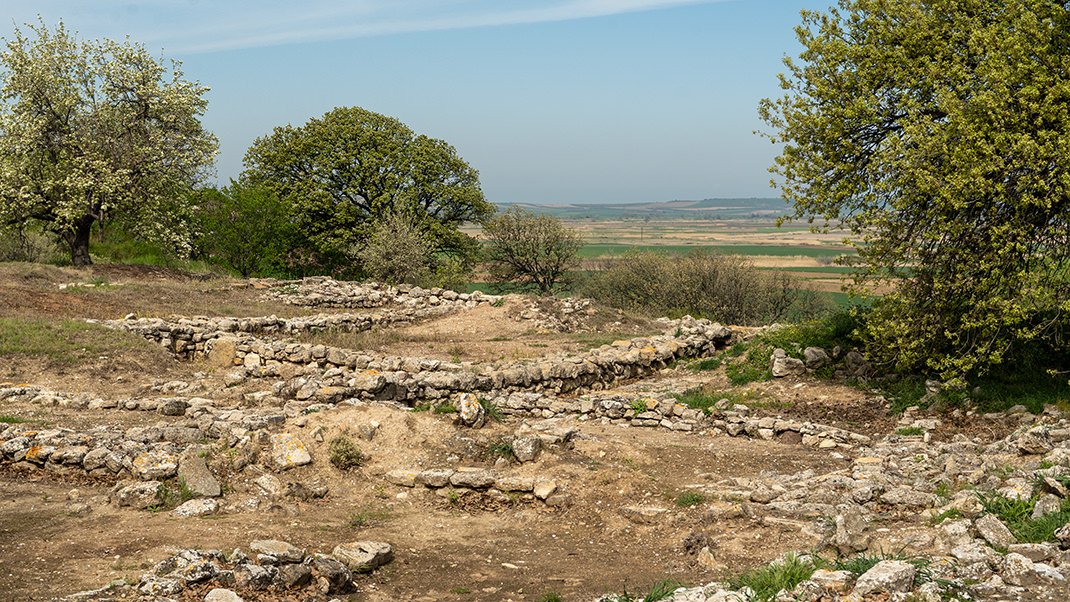
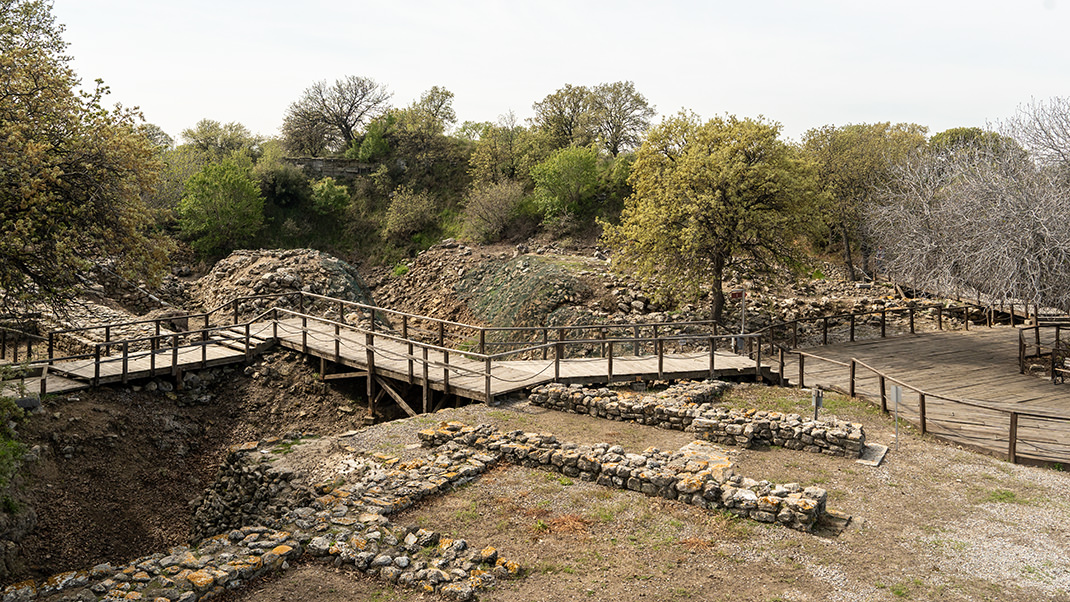
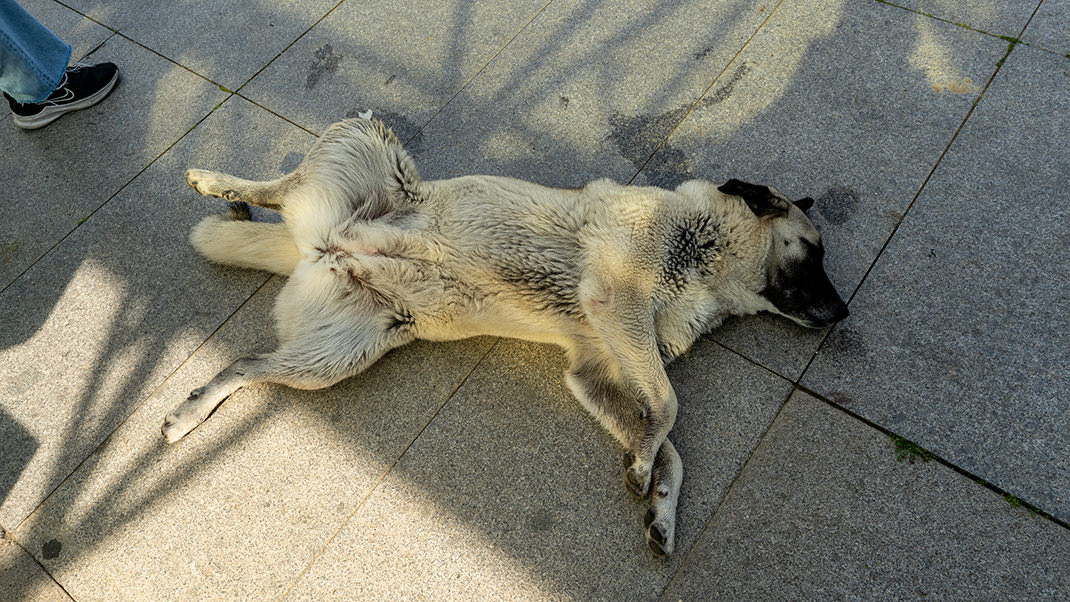

Here, I conclude this part of my story about the trip to this famous landmark. The next article in this series will be dedicated to a walk on the territory of this ancient complex.
Have a nice trip!


